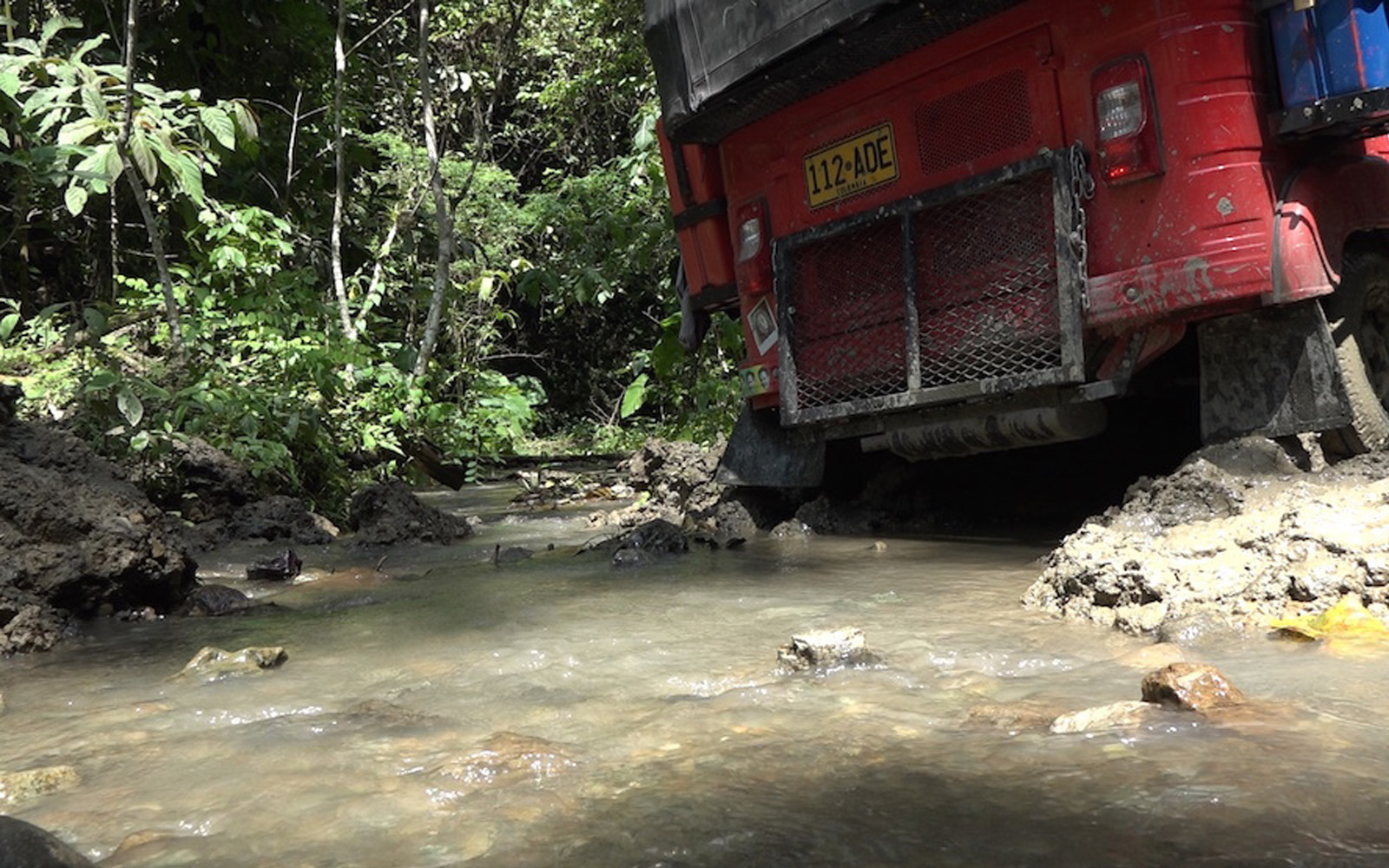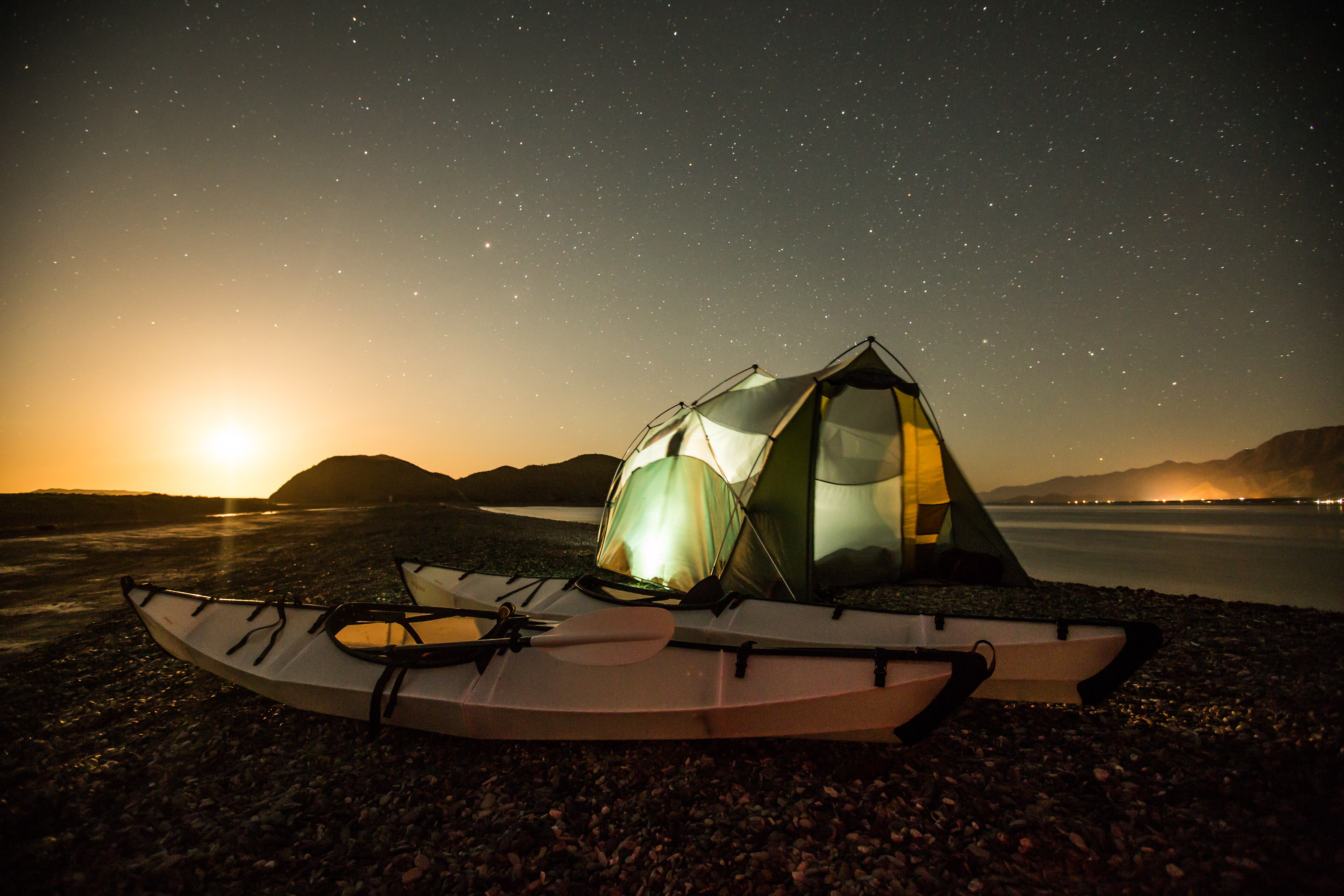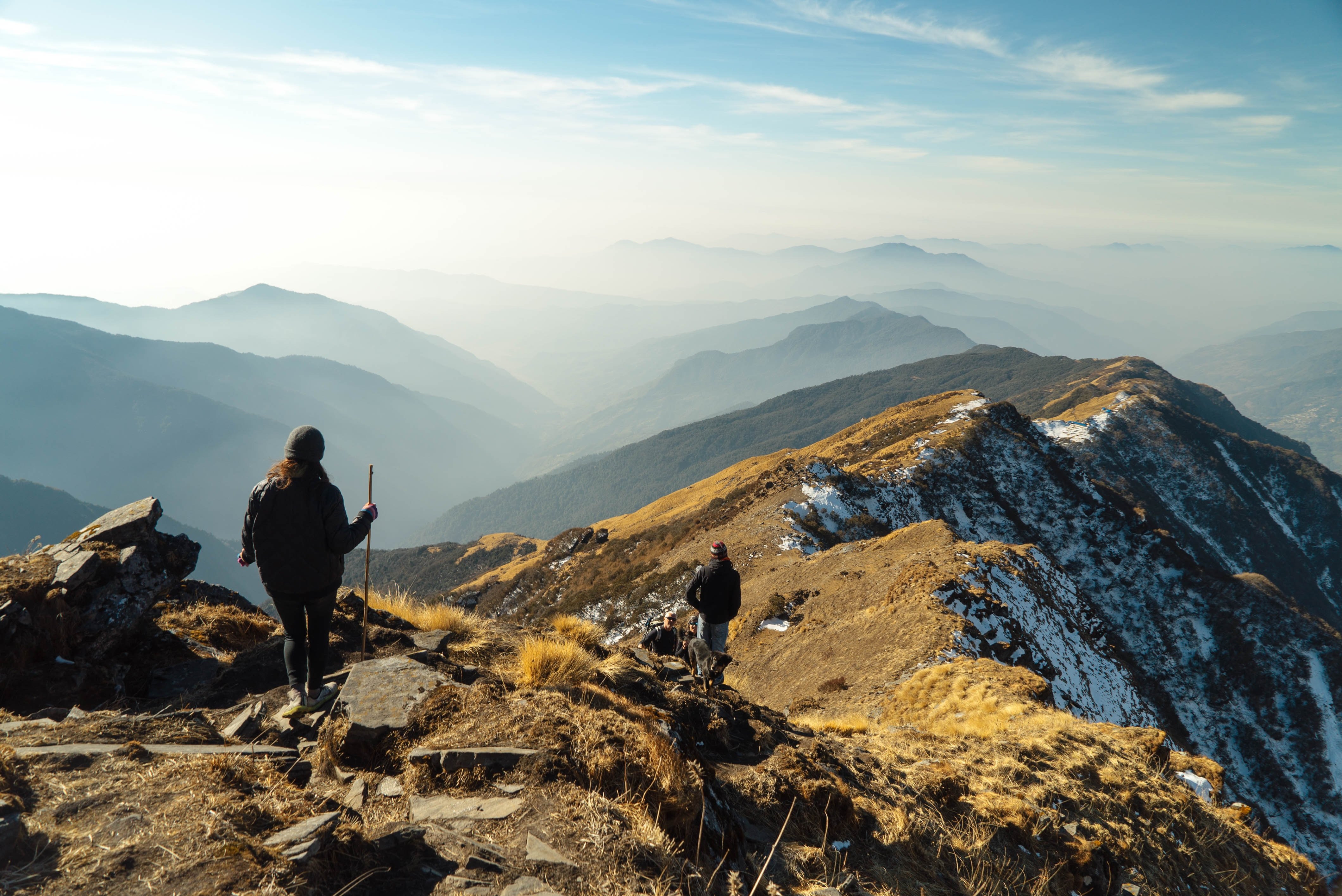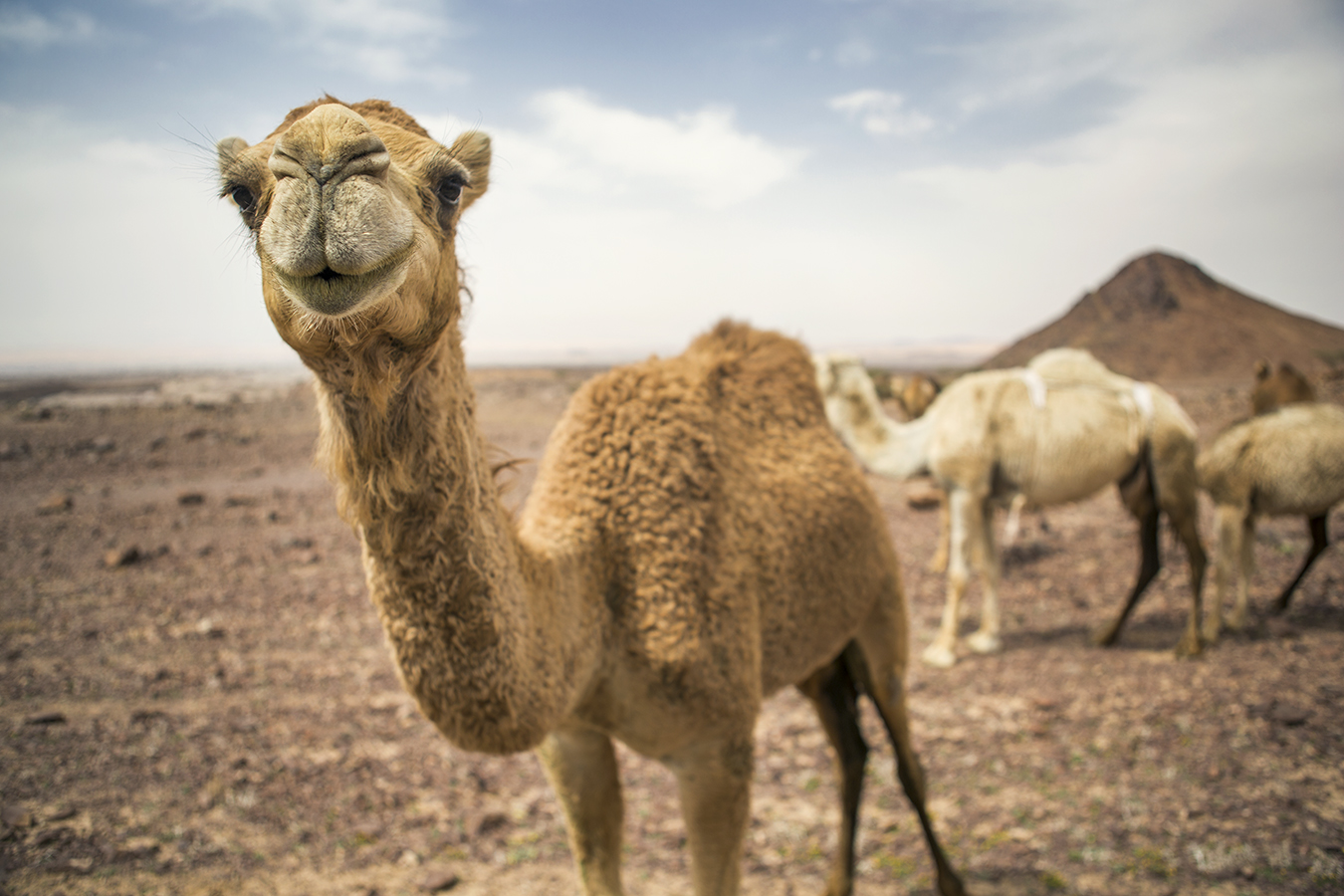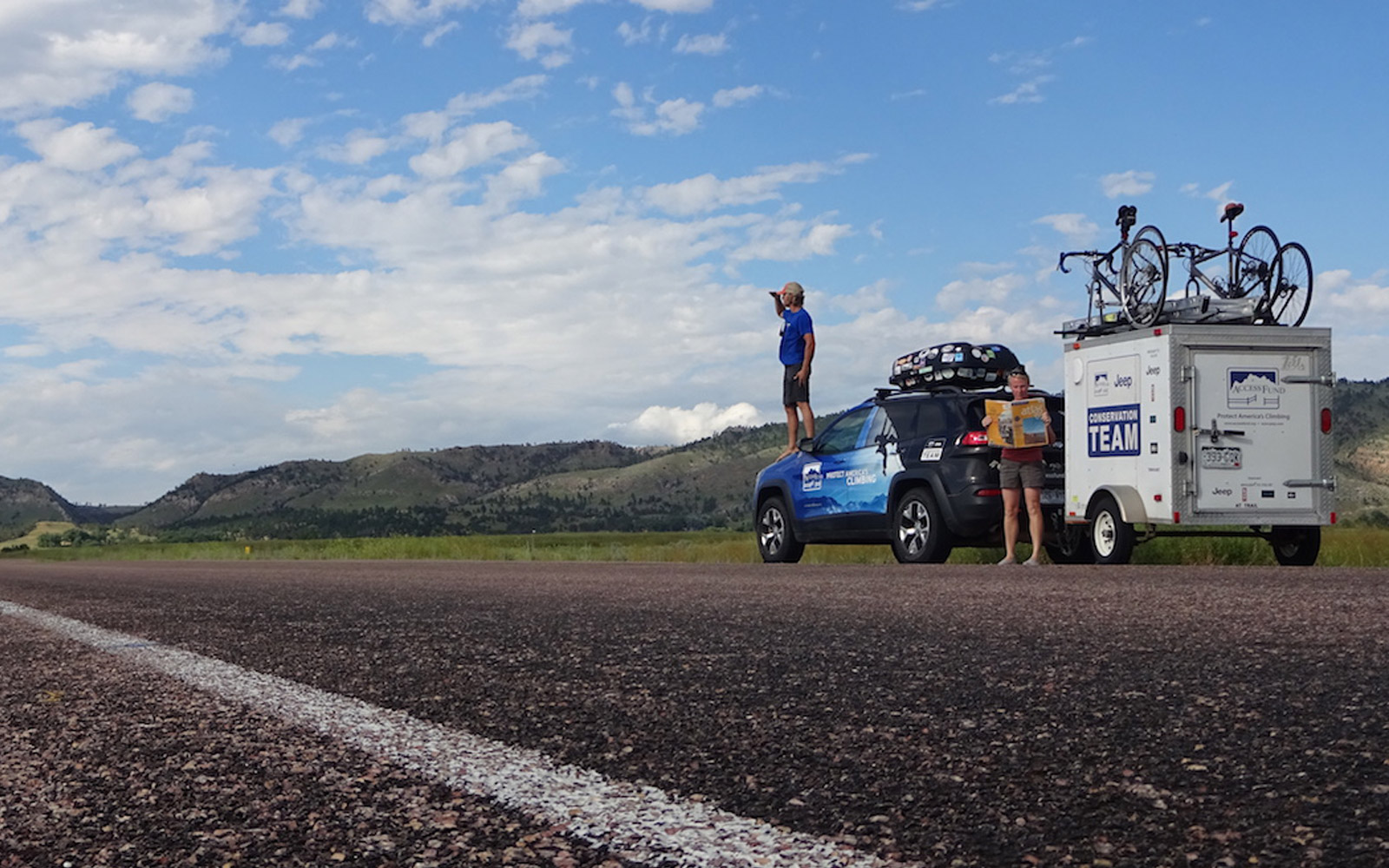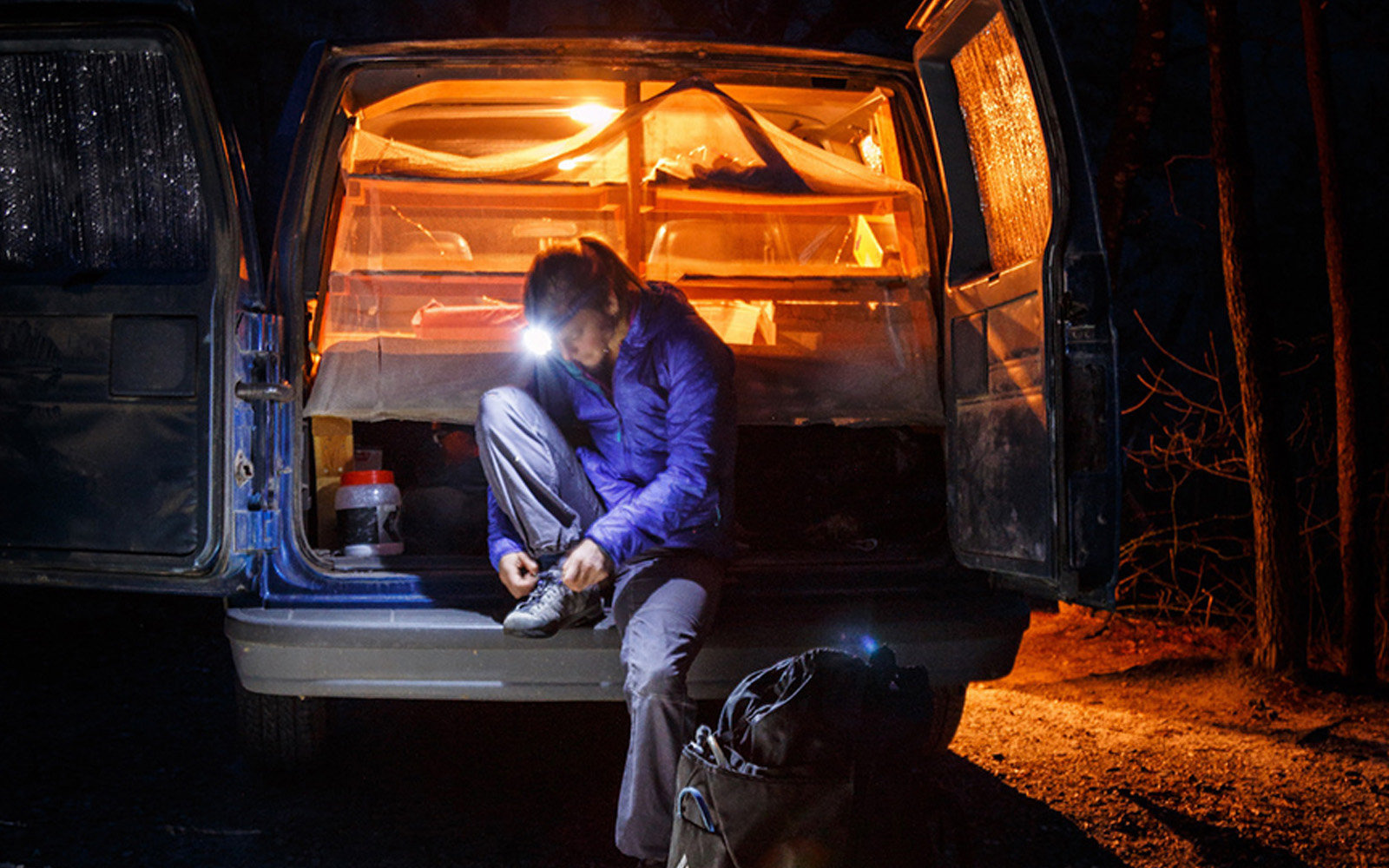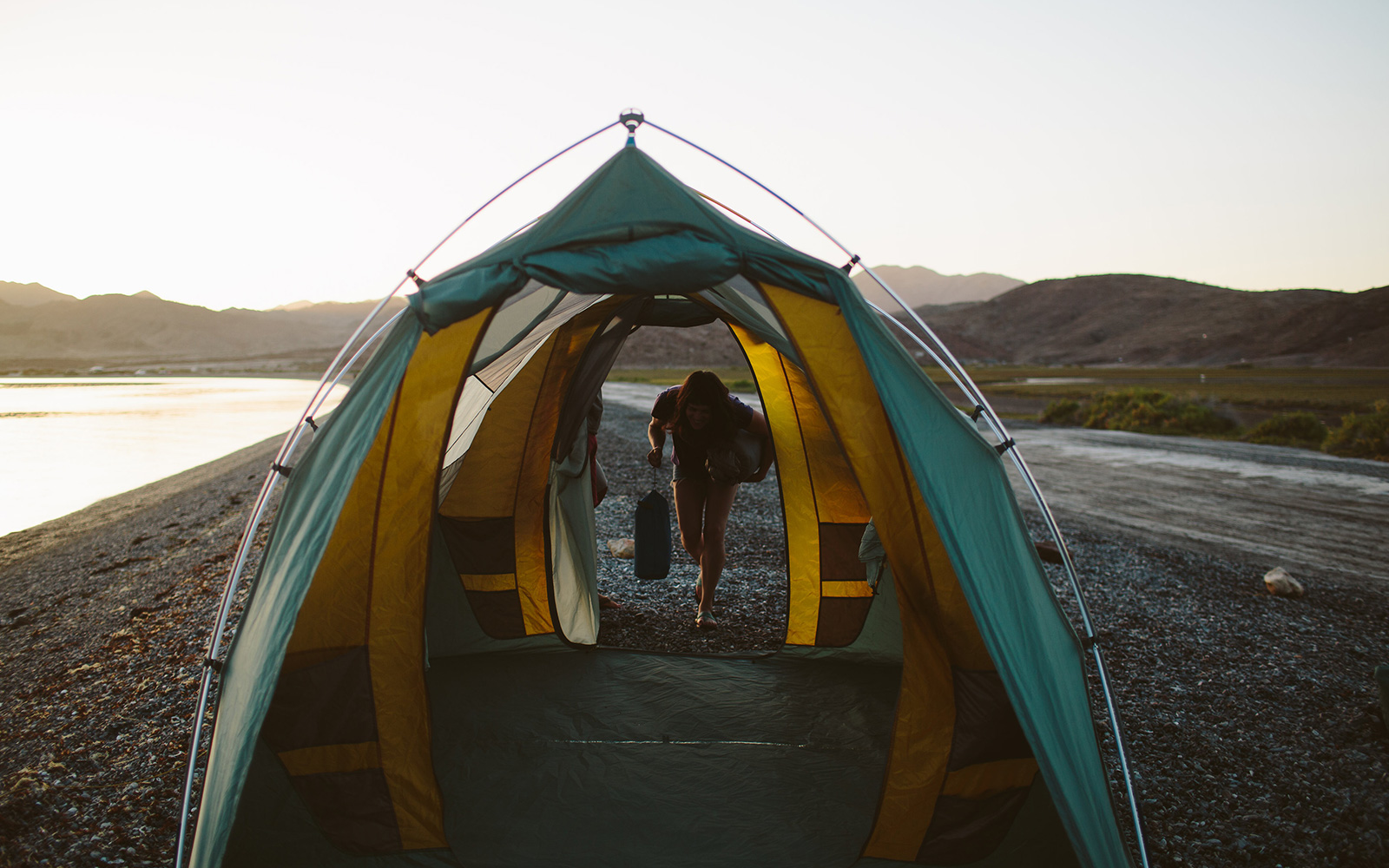
We headed south. Our plan was to drive as far as possible through Colombia’s rich lowlands before venturing into the mountains. We had no idea how the rickshaw would perform at altitude and we were doing everything we could to delay the inevitable test. The first few days were spent meandering down small highways through the most luscious grazing land I have ever seen. The scenery was amazing and the fertile ground produced greens of an unbelievable hue.

The roads were good, but as we passed into areas of recent guerilla activity there was no getting around the slight feeling of unease. We did not encounter any problems, only normal people living their normal lives, and the smiles of the soldiers at the regular military checkpoints put our minds at ease.
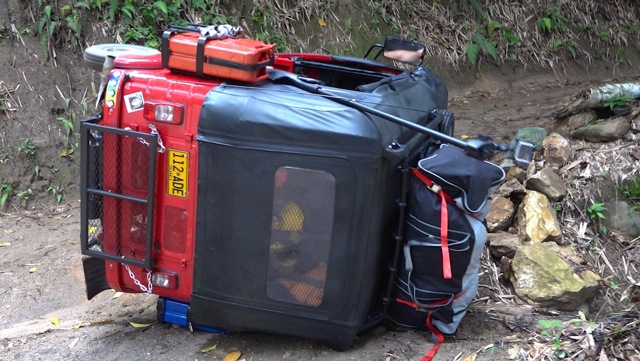
We passed by one of Pablo Escobar’s old mansions before cutting west into the mountains. The pass at Letras was at 3700 meters. The rickshaw struggled through the rain as we made our ascent. The carburetor was not tuned to the altitude but with some trial and error messing with the mixture-screws we made it at a heart-stopping 12km per hour pace. This was a huge victory; if we could make it up here, we knew that the trip was possible, that this whole thing wasn’t just a fool’s errand.

The rest of our time in Colombia was filled with music, laughter and smiles. The people were incredible, the landscape unbelievable and the weather fantastic. Sad to leave, but excited to see what was next, we crossed the border into Ecuador.

Ecuador is a land of extremes. Its natural beauty surrounded us as we rolled through the central highlands. The roads were both the best and worst we had ever driven on. One day a majestic eight lane highway, perfectly paved, not an imperfection in sight. The next day a mud track you would barely classify as a road would weave its way through rivers where bridges should have stood. But whatever we threw at the rickshaw, it pushed on.

Every day it seemed like we hit another milestone, another moment where we said, “if we can make it through this, we can make it anything.”
We spent Christmas with a local family in the small beach town of Olon and filled our days soaking up the surf and sun before our inevitable return to the cold of the mountains. The Ecuadorian coast was so beautiful and laid back it was hard to move on, but when we did we got a big surprise.

New Years in Ecuador is unlike anything I have ever experienced. It is insane. It felt like we were both in the center of a warzone and in the best party ever thrown at the same time. The traditions for Fin De Ano have gone back centuries. In the early days, effigies of the dead were burnt at the stroke of midnight by widows who lost their husbands in the previous year. Now it seems to have taken on a more openly symbolic meaning of letting go of the past and looking forward to the New Year.
Regardless of the meaning, the feeling on the streets is incredible. Effigies burned everywhere. Fireworks lit up the sky and we spent our time dodging the constant barrage of rockets fired by kids as we tried to light our own effigies ablaze. The smell of smoke and gunpowder was overwhelming and there was something cathartic about watching our doubles burn.

It was a great start to the New Year and we left Cuenca with high spirits. We had decided to take the jungle route to Peru and headed southeast, dropping in altitude every day. We heard that the border crossing we planned to take was barely used and we soon found out why.
Landslides had devastated the “good” section of highway and as the rain poured down we kept our eyes high on the hillsides wondering when and where the next slide would occur. Road construction was evident everywhere but it seemed like none of it was finished. Giant drainage pipes sat at the side of the road as we pushed our luck driving through the rivers that crossed the route.
The road got worse. We ended up clinging to the side of the mountain on a muddy path barely wide enough for a single vehicle, in awe of the apparent magic the buses used to navigate the same route. The scenery was fantastic and was appreciated even more because of the effort it took to get there. From our vantage point on the top of the last hill, we saw something that made our eyes light up: The Peruvian side was paved!

Our plan for northern Peru was straightforward. We wanted to get as deep into the Amazon as possible, so we drove east until we ran out of road. With a population of over 400, 000, Iquitos is the largest city in the world not accessible by road. The only way in is a 3-day boat ride or a flight. Since the flight was out of the question, we hung our hammocks on the first freighter we found and after Dustin expertly navigated the rickshaw up three planks onto the cargo deck, we settled in for one memorable ride.

